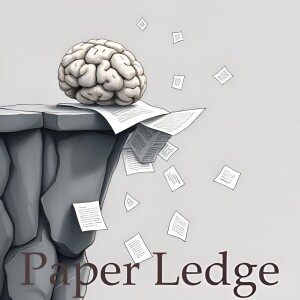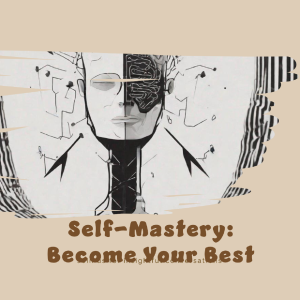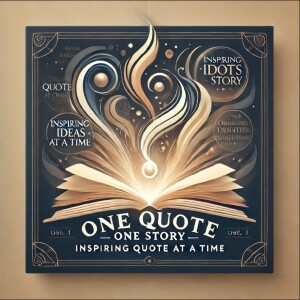

Information Retrieval - MR$^2$-Bench Going Beyond Matching to Reasoning in Multimodal Retrieval
Hey PaperLedge crew, Ernis here, ready to dive into some cutting-edge AI research! Today, we’re unpacking a paper about how well AI systems can really understand the connection between images and text. Think of it like this: you see a picture of a cat chasing a laser pointer, and you read the sentence, "The feline predator is in hot pursuit of its red nemesis." A human gets that instantly, right?
But how do we know an AI understands that connection, instead of just matching the words "cat" and "feline"? That's the problem this paper tackles. Current tests are often too easy, like matching objects in a picture to words – "Yep, that's a car. The text says car. Good job, AI!" The researchers argue this is like testing if someone understands Shakespeare by asking them to point at the letters in the words.
This team created a new, much tougher test called MR2-Bench. Think of it as an advanced placement exam for AI multimodal understanding.
So, what makes MR2-Bench so special?
- Reasoning Required: It forces the AI to reason about what it sees and reads, not just match keywords. It asks questions that require logical, spatial, and even causal thinking. It's like showing an AI a diagram of a Rube Goldberg machine and asking it to predict what will happen at the end.
- Diverse Data: It uses a variety of visuals, not just simple photos. We're talking diagrams, visual puzzles... things that require a deeper level of interpretation.
- Complex Scenarios: It throws complex queries at the AI and presents documents that contain multiple images. The tests mimic real-world applications more accurately.
To put it simply, imagine an AI trying to understand a complex recipe with both written instructions and pictures. Can it figure out the order of operations? Can it identify the ingredients in the images and match them to the text? Can it infer what will happen if it skips a step? That’s the kind of challenge MR2-Bench presents.
The researchers created 1,309 of these challenging queries, pulling from existing datasets and hand-crafting new ones. Here's the kicker: the best AI models, the ones that ace the easy tests, completely bomb on MR2-Bench. One leading model, which scored almost 78% on an existing benchmark, only got under 10% on this new one! That’s a huge difference.
“Despite achieving strong results on existing benchmarks, current state-of-the-art models still struggle on MR2-Bench... This substantial performance gap highlights both the increased challenge posed by our benchmark and the pressing need for further advances in reasoning-intensive multimodal retrieval.”
So, what does all this mean for you and me? Well, if you're in AI research, this highlights where the real work needs to be done. We need AI that can truly understand the world, not just parrot back information. If you're someone who uses AI-powered tools, this explains why sometimes those tools get things hilariously wrong. The ability to reason about the world through multimodal inputs is not there yet, but now, thanks to this team, we have a better yardstick to measure progress. And the data and code are available for anyone to use!
Think about the implications! Better AI understanding of images and text could lead to:
- More accurate search engines that understand the context of your queries.
- More helpful virtual assistants that can truly "see" and "understand" your environment.
- Improved tools for education and accessibility.
Now, a couple of questions that popped into my head while reading this paper:
- Given how poorly current models perform on MR2-Bench, what specific architectural changes or training strategies do you think are most promising for improving reasoning abilities in multimodal AI?
- Could this type of benchmark be adapted to evaluate AI's understanding of other senses, like audio or even smell? What would that look like?
Alright crew, that’s it for this paper. I hope it gave you some food for thought! Until next time, keep learning!
Credit to Paper authors: Junjie Zhou, Ze Liu, Lei Xiong, Jin-Ge Yao, Yueze Wang, Shitao Xiao, Fenfen Lin, Miguel Hu Chen, Zhicheng Dou, Siqi Bao, Defu Lian, Yongping Xiong, Zheng Liu
More Episodes
All Episodes>>Create Your Podcast In Minutes
- Full-featured podcast site
- Unlimited storage and bandwidth
- Comprehensive podcast stats
- Distribute to Apple Podcasts, Spotify, and more
- Make money with your podcast












